Screening of “Invisible Wounds” showcases the power of community-engaged research
Categories: Faculty, Research, Tanya Sharpe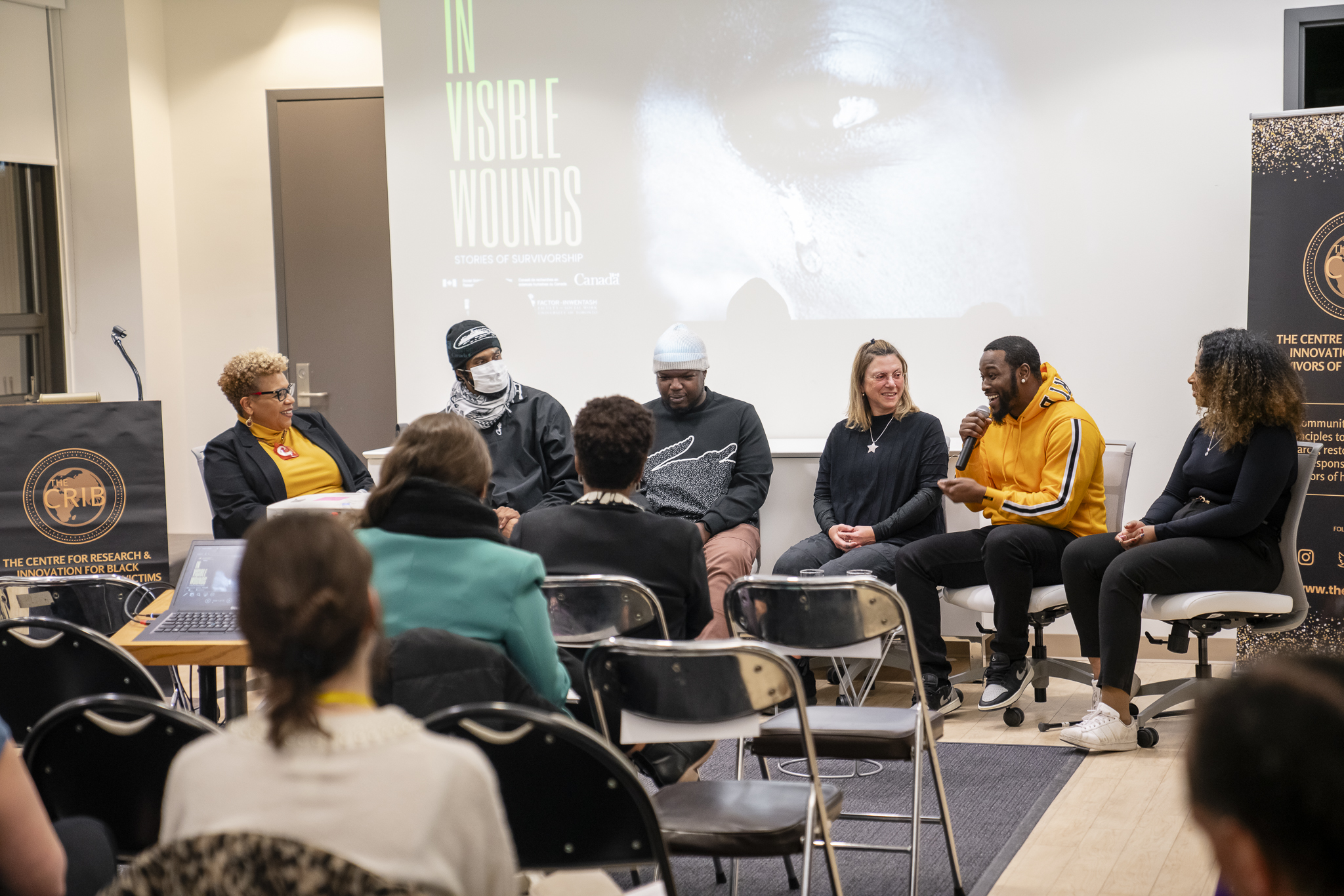
The impact of The Centre for Research & Innovation for Black Survivors of Homicide Victims (The CRIB) was in focus during an event marking Black History Month and attended by researchers, students, and Michael Tibollo, Ontario’s Associate Minister of Mental Health and Addictions.
The CRIB was founded in 2019 by Tanya Sharpe, Associate Professor, Factor-Inwentash Chair in Social Work in the Global Community. The multidisciplinary research centre focuses on using community-engaged methods and principles to advance innovative research, restorative policy, and culturally responsive services for and with Black survivors of homicide victims. Housed within the Factor-Inwentash Faculty of Social Work, the Centre is the first of its kind in the world, brining together over 65 faculty across U of T’s three campuses, 6 universities in Canada and the U.S., and 12 community organizations.
Professor Charmaine Williams, Dean of The Factor-Inwentash Faculty of Social Work, kicked-off the event.
“Violence is, unquestionably, a major determinant of health and outcomes for Black people in Canada and all over the world. Today, we commit to listening, learning, and taking action towards healing and supporting one another in our shared journey towards a more just and compassionate world,” said Dean Williams. “I am so grateful that Dr. Tanya Sharpe is leading this amazing work in the community and in communities all over the world, and I thank her for that commitment and for sharing her work with us tonight.”
Over 70 guests were in attendance, including U of T students, researchers, service providers, community partners, and policymakers.
Setting the Stage
The CRIB was launched to inform the development of culturally responsive approaches to supporting Black communities in the aftermath of homicide, Sharpe said.
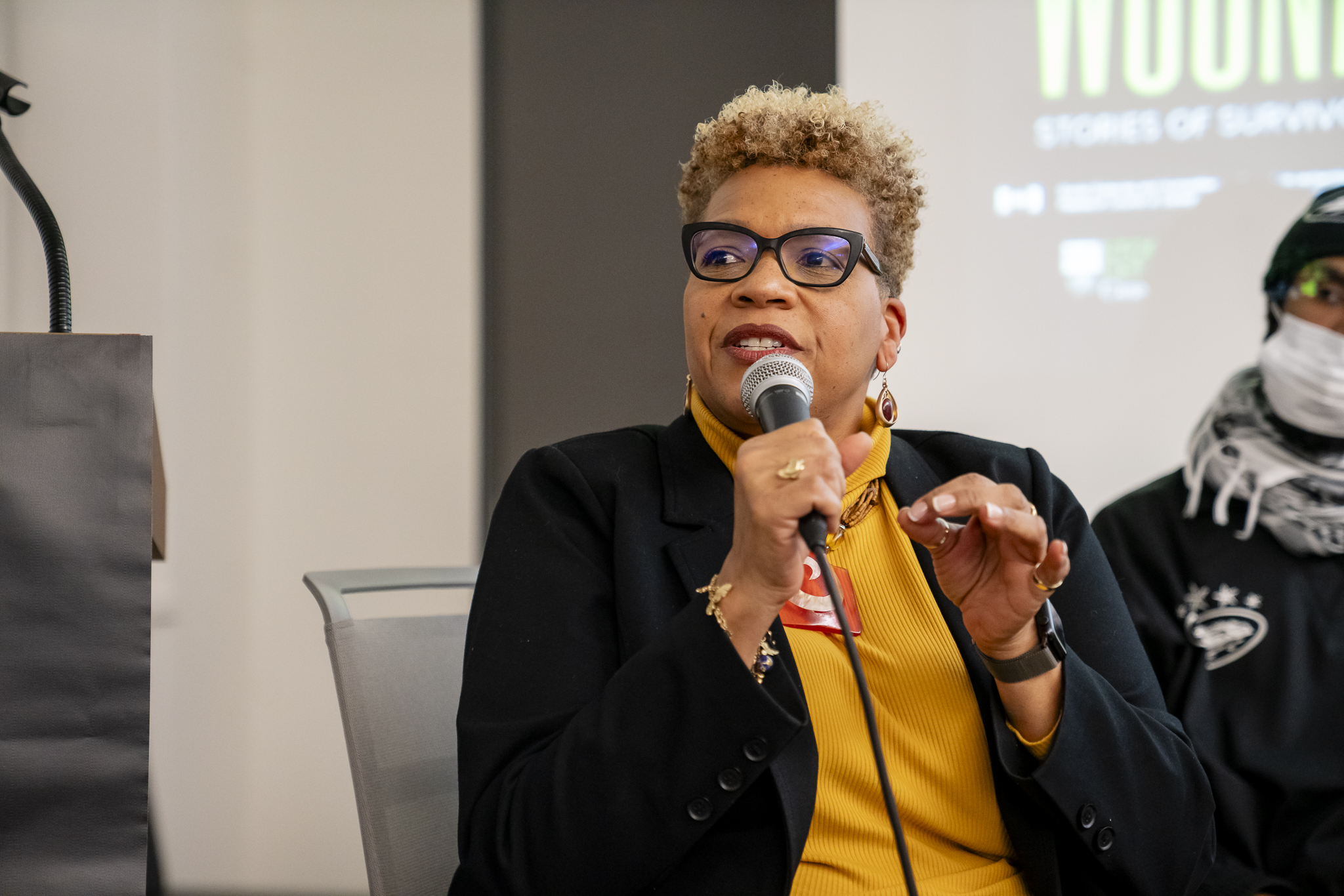
Sharpe shared the events that inspired her research. While working at the Harvard School of Public Health in 2001, she met a woman whose two sons were taken from her by gun violence.
“If I as a trained social worker didn’t know how to support her, how equipped would other service providers be?” she explained. “The work The CRIB does is in service to them.”
Sharpe’s research centres on “uplifting the voices of those who feel voiceless.” Together with her colleagues at The CRIB, she examines the sociocultural factors that influence the coping strategies of Black family members and friends of homicide victims.
Greetings from the Government of Ontario
Michael Tibollo, Ontario’s Associate Minister of Mental Health and Addictions, participated in the event.
Prior to the event, The CRIB team shared information with the Minister about the ripple effect that the murder of a loved one can have throughout a community, the factors that put Black communities at an increased risk of experiencing homicide, and the importance of strengthening access to culturally attuned care.
“I want to thank [The CRIB] for your commitment to the mental health of Ontarians,” the minister said.
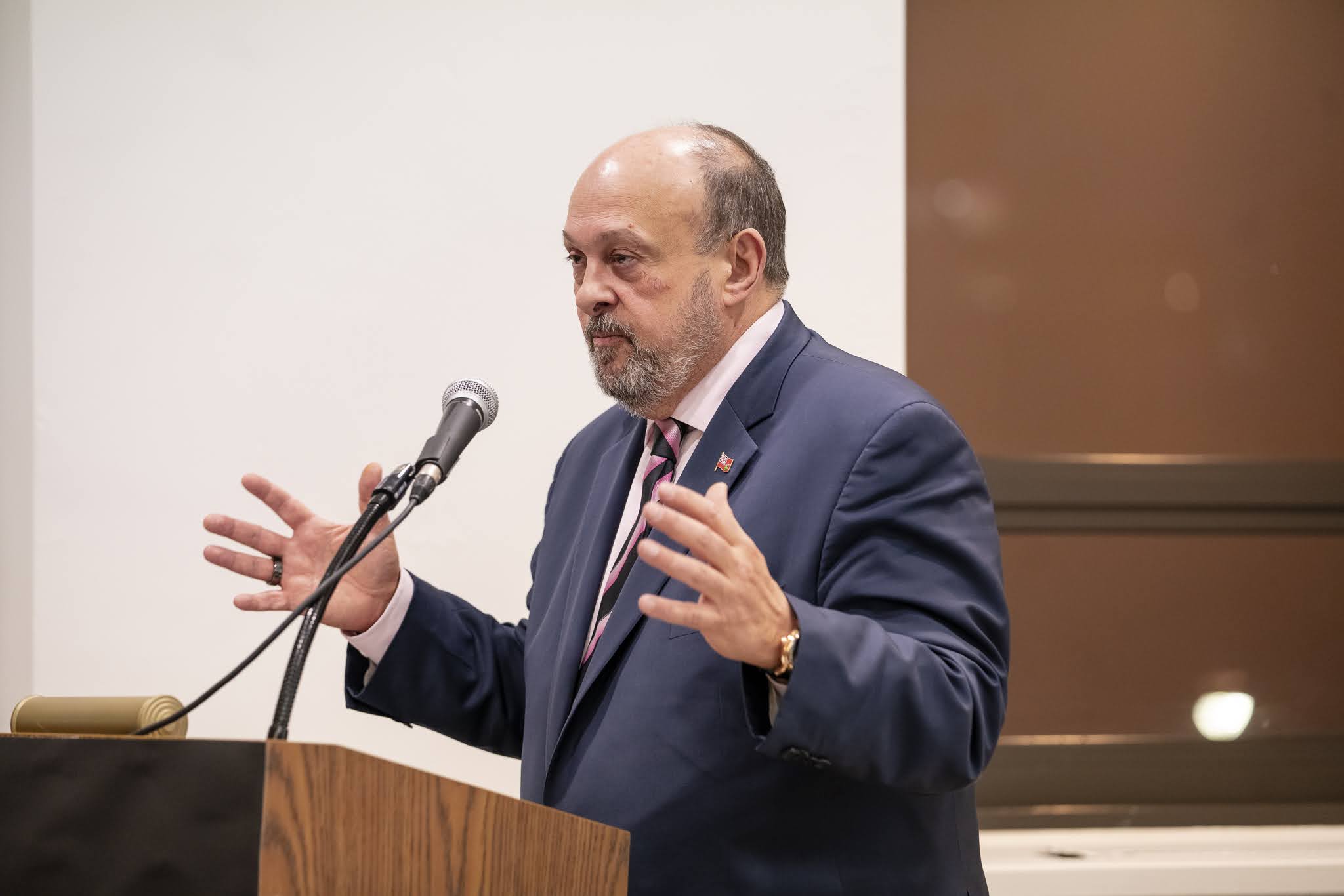
“Invisible Wounds” Film Screening and Panel Discussion
The SSHRC-funded film “Invisible Wounds: Stories of Survivorship” was screened at the event. Dr. Sharpe and filmmakers Jheanelle Anderson, Deshawn Hibbert, Rani Sanderson, Tito-Tae Sharpe, and Alomar Thorpe took to the stage for a panel discussion that showcased the power of community-engaged research.
During COVID-19, The CRIB led focus groups with Toronto-based African, Caribbean, and Black (ACB) Canadians who lost loved ones to homicide. The project took place over a 3-month period, with meetings held over Zoom.
The project sought to understand the impact these deaths had on survivors’ mental and physical wellbeing, coping strategies, and unmet needs. With support from the StoryCentre Canada, each participant turned their experience into a digital story which was collated for the film.
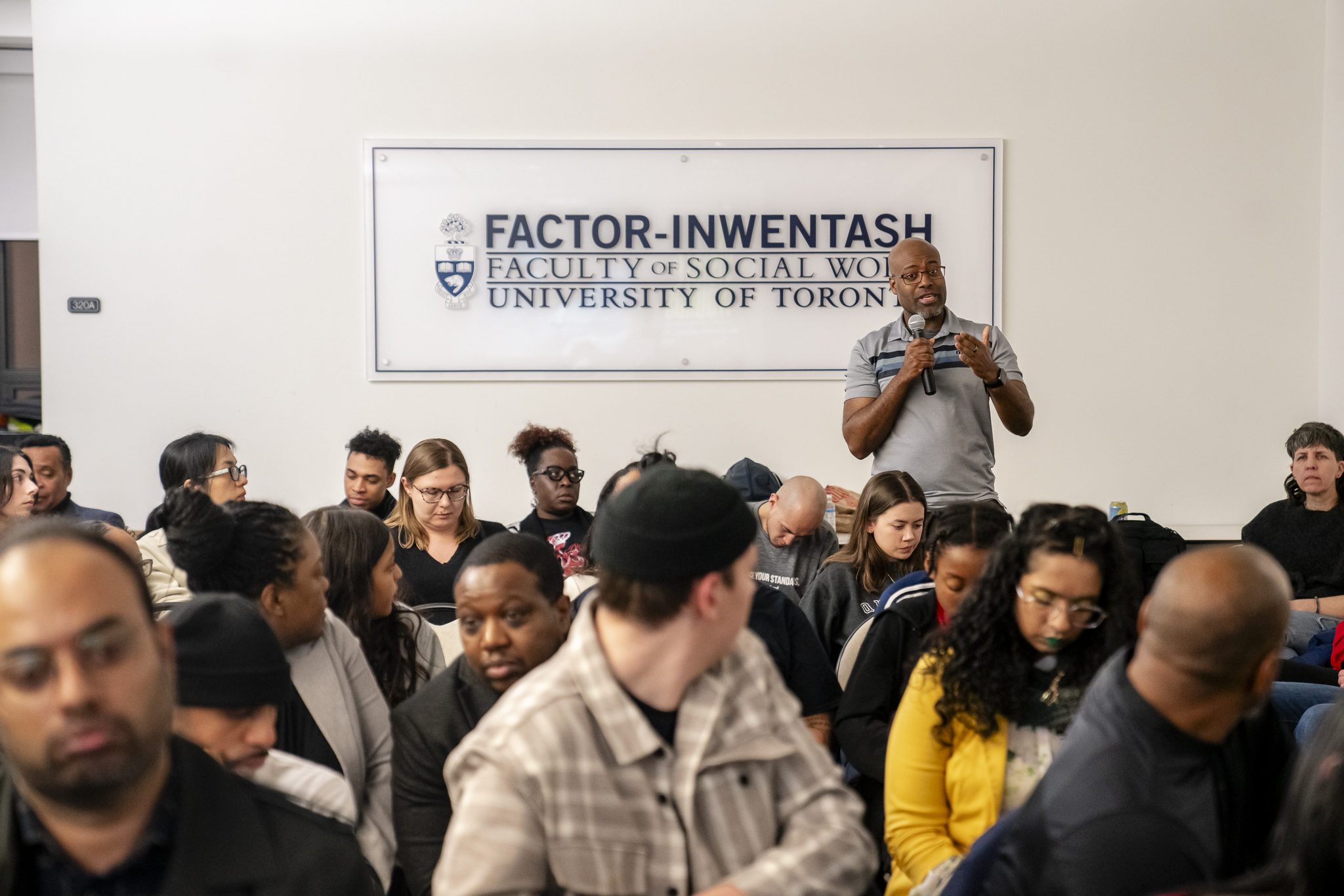
Although it was initially difficult to open up to strangers on a screen, the panel shared the positive impact the project has had on their healing journeys. It allowed them to tell their story, overcome feelings of isolation, find community, an outlet for their pain and grief, and space to heal.
By participating in the project, panelists also hoped to contribute to the research in the field and help other survivors through the development of culturally responsive supports and services.
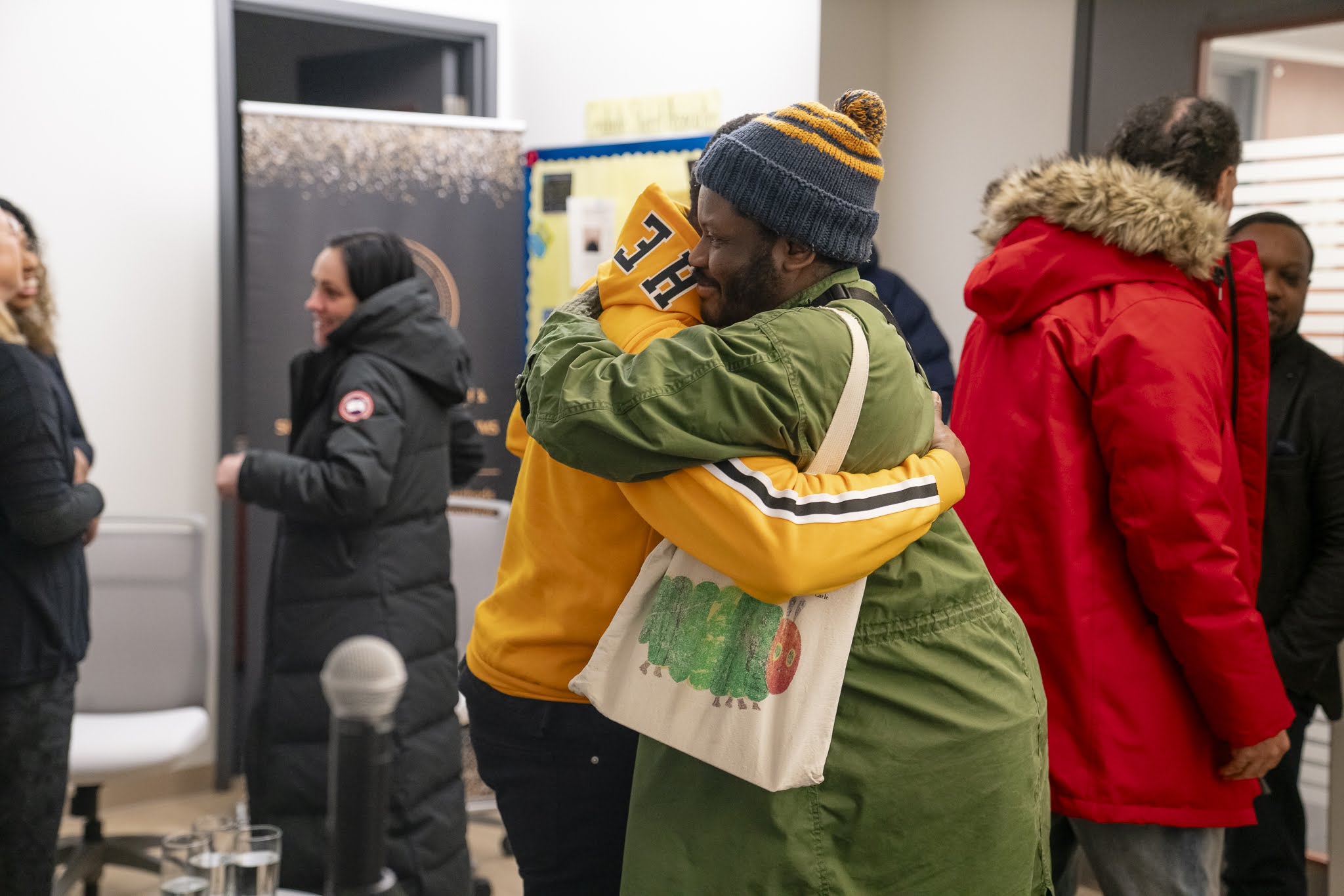
“Invisible Wounds” led to the launch of several projects for The CRIB that are currently underway.
“In the Aftermath” is a digital storytelling project that engages ACB youth between the ages of 12 and 16 to understand the impact of murder on their well-being, coping strategies, and unmet needs. Another project is “RISE YBMen Toronto,” which is in collaboration with the University of Michigan. This project delivers culturally adapted, social media-based mental health education relevant to ACB men and boys between the ages of 16 and 30.
By Catrina Kronfli
Related:
- #SocialWorkOpensDoors — how FIFSW faculty, alumni, students, partners, and collaborators are opening doors for the communities they serve
- RISE YBMEN TORONTO: The CRIB announces partnership with University of Michigan supported by the Movember Foundation
- A new report and interactive map from The CRIB illustrates the disproportionate prevalence of homicides in predominately Black neighbourhoods in Toronto